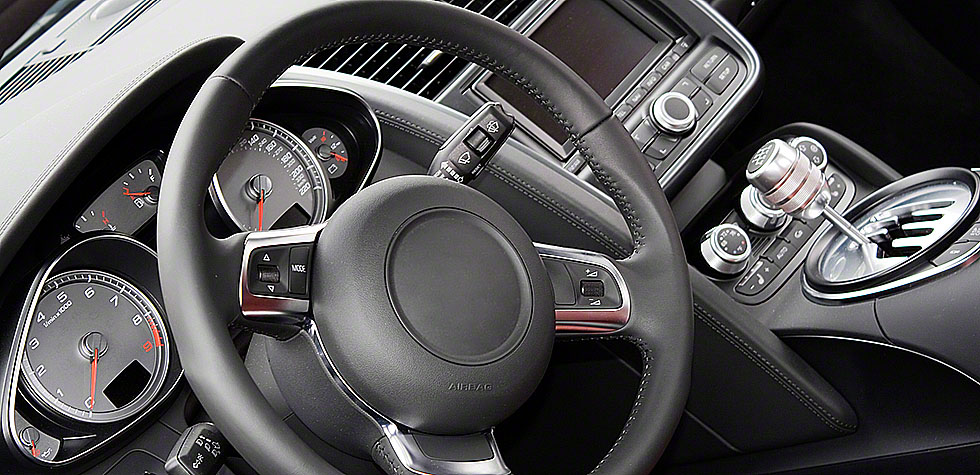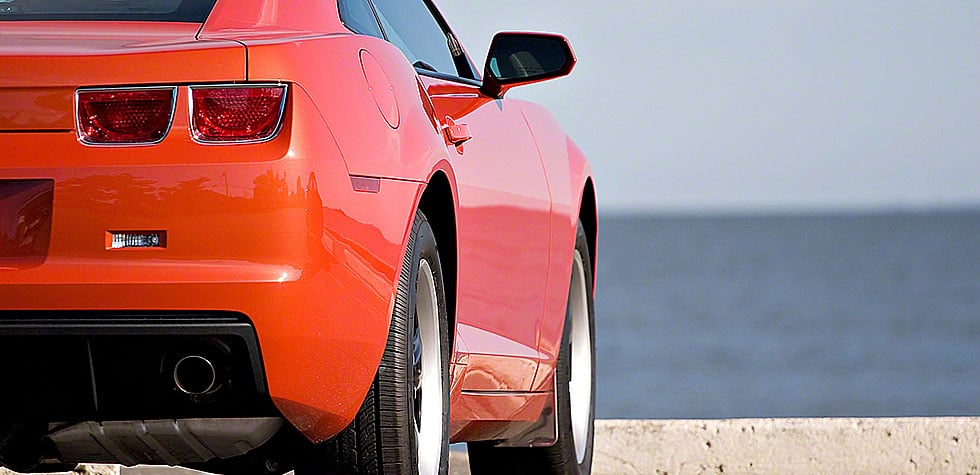Car enthusiasts often invest significant time and resources in maintaining their vehicle’s exterior, but they may overlook the sun’s relentless effects on the interior. An effective way to protect the car’s interior from harsh sunlight is through car window tinting. This article explores the tangible benefits window tinting offers for a vehicle’s interior.
UV Protection: Safeguarding Upholstery and Dashboard
A major benefit of window tinting is its ability to block harmful ultraviolet (UV) rays. The sun’s UV rays can gradually damage a car’s interior components. Tinted windows act as a barrier, reducing the amount of UV radiation entering the cabin. This protective measure is not merely a luxury; it is a practical solution to prolong the lifespan of your car’s upholstery and dashboard.
Heat Reduction
Imagine a scorching summer day, and your car has been sitting in the sun for hours. Window tinting is crucial in reducing the heat that infiltrates your vehicle. By blocking a significant portion of solar heat, tinted windows create a more comfortable interior environment. This not only ensures a pleasant driving experience but also reduces the strain on your car’s air conditioning system, potentially extending its lifespan.
Preserving Plastic and Leather
Beyond aesthetics, the impact of window tinting on a vehicle’s interior includes preserving essential components. Plastic and leather elements within the car are vulnerable to sun-induced degradation. Prolonged exposure to sunlight can lead to fading, cracking, and deterioration. Window tinting serves as a preventive measure, providing a layer of defense against the sun’s relentless assault on these materials.
Reducing Glare
Sun glare can be a persistent nuisance while driving, causing discomfort and potential safety hazards. Tinted windows significantly reduce glare, providing drivers with enhanced visibility and reducing eye strain. This contributes to a more comfortable driving experience and helps maintain focus on the road, especially during long journeys or under intense sunlight conditions.
Privacy Enhancement
Privacy is a concern for many car owners, especially those who store valuables or personal items in their vehicles. Window tinting adds a level of privacy by limiting visibility into the car’s interior. This not only protects personal belongings but also ensures a sense of security and confidentiality for the occupants.
Protecting Electronics
Modern vehicles are equipped with various electronic components, from advanced infotainment systems to intricate dashboard displays in electric vehicles. Prolonged exposure to sunlight can cause overheating and potential damage to these electronics. Window tinting acts as a shield, reducing the impact of solar heat on electronic devices and safeguarding your car’s technological components.
Considerations for Window Tinting
While the benefits of window tinting for a vehicle’s interior are clear, it is crucial to strike the right balance. Excessive tinting beyond legal limits can hinder visibility and pose safety risks, particularly at night. Therefore, adhering to local regulations and ensuring the chosen tint level strikes the optimal balance between protection and functionality is imperative.
Navigating Safety Concerns
Although vehicle window tinting offers numerous benefits, it is essential to consider the safety implications associated with this common automotive enhancement. Beyond aesthetics, car owners need to be aware of potential safety concerns arising from improper installation, legal constraints, and impacts on visibility.
Adherence to Legal Regulations
Before discussing the safety nuances, it is important to acknowledge the legal realm governing window tinting. Different regions have specific regulations regarding the permissible level of tint on vehicle windows. Adhering to these regulations is not just a matter of compliance; it is a safety imperative. Tinting beyond legal limits may compromise visibility, increasing the risk of accidents, particularly during nighttime driving.
Nighttime Visibility Concerns
Aesthetic preferences often drive the decision to tint windows, but the effects on nighttime visibility deserve careful consideration. Excessive tinting can reduce the effectiveness of headlights, impairing the driver’s ability to see obstacles on the road. Balancing the desired tint level with optimal nighttime visibility is crucial for maintaining road safety.
Impact on Emergency Services
Emergency situations require swift response times, and window tinting can inadvertently hinder the process. Emergency services, such as police and medical personnel, often rely on visual cues from within a vehicle to assess the situation quickly. Tinted windows can impede their ability to see the number of occupants, identify potential hazards, or gauge the severity of a situation. Therefore, the impact of window tinting on emergency service efficiency highlights the need for prudence in choosing tint levels.
Installation Quality
The safety considerations associated with window tinting are closely tied to the quality of installation. Poor installation can lead to bubbling, peeling, or improper adhesion, compromising the structural integrity of the tint. Beyond aesthetics, these flaws can pose safety hazards, particularly if the tint obstructs the driver’s view or hinders the functionality of electronic components, such as defrosters or rain sensors.
Maintenance and Inspection
Once installed, window tinting and paint protection film Springfield requires regular maintenance to maintain its safety integrity. Scratches, tears, or degradation over time can impair visibility and compromise the protective qualities of the tint. Periodic inspection is essential to identify and fix any issues promptly, ensuring the tint continues to serve its purpose without compromising safety.
Consideration for High-Contrast Environments
The impact of window tinting on safety extends to its performance in various environmental conditions. Tinted windows can be beneficial in reducing glare under intense sunlight, contributing to safer driving conditions. However, it is crucial to consider how the tint performs in high-contrast environments, such as transitioning from a brightly lit area to a shaded one. Sudden changes in lighting conditions can momentarily affect visibility, necessitating heightened awareness from the driver.
Security Implications
While tinted windows enhance privacy, they can have security implications, especially in isolated or dimly lit areas. Tinted windows may obscure the view of potential threats or individuals approaching the vehicle, reducing the driver’s awareness. Striking a balance between privacy and safety is essential, ensuring that tinted windows do not compromise the driver’s ability to assess their surroundings for potential security risks.
Conclusion
In the realm of window tinting, considerations for safety extend far beyond visual appeal. Adhering to legal regulations, balancing aesthetics with nighttime visibility, prioritizing quality installation, and maintaining the tint over time are essential for ensuring that the benefits of auto window tinting Springfield do not compromise the safety of drivers, passengers, and emergency responders. As car owners navigate the decision to tint their windows, an awareness of these safety considerations is indispensable.





